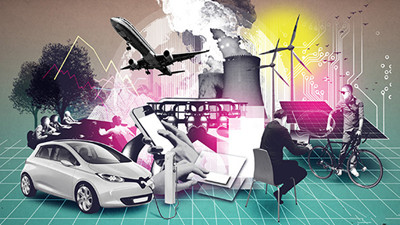Curbing climate change

Whatever the reason, the end result is that while the world's governments have hundreds of policies for tackling climate change, some of them very expensive—China, America and the European Union spend $140 billion a year on subsidising renewable energy—it is hard to say which policies are having the greatest effect.
譯文屬譯生譯世











